Programmable and computer sewing machines were first used only in production, but now you can easily work on them at home. What is a computerized sewing machine, how to use it and what types of operations it can do - in this review with a rating of inexpensive models.
Advantages
Computerized machines have a number of advantages over conventional ones:
- Easy to operate and use. Usually such devices come with an extensive operating manual with a large number of illustrations of the mechanisms in operation;
- The ability to knit and weave items that would be difficult to replicate by hand;
- Machines with a double-bed knitting function are able to make patterns along certain contours and save all resources;
- Technical capabilities for knitting a huge number of products of varying complexity.
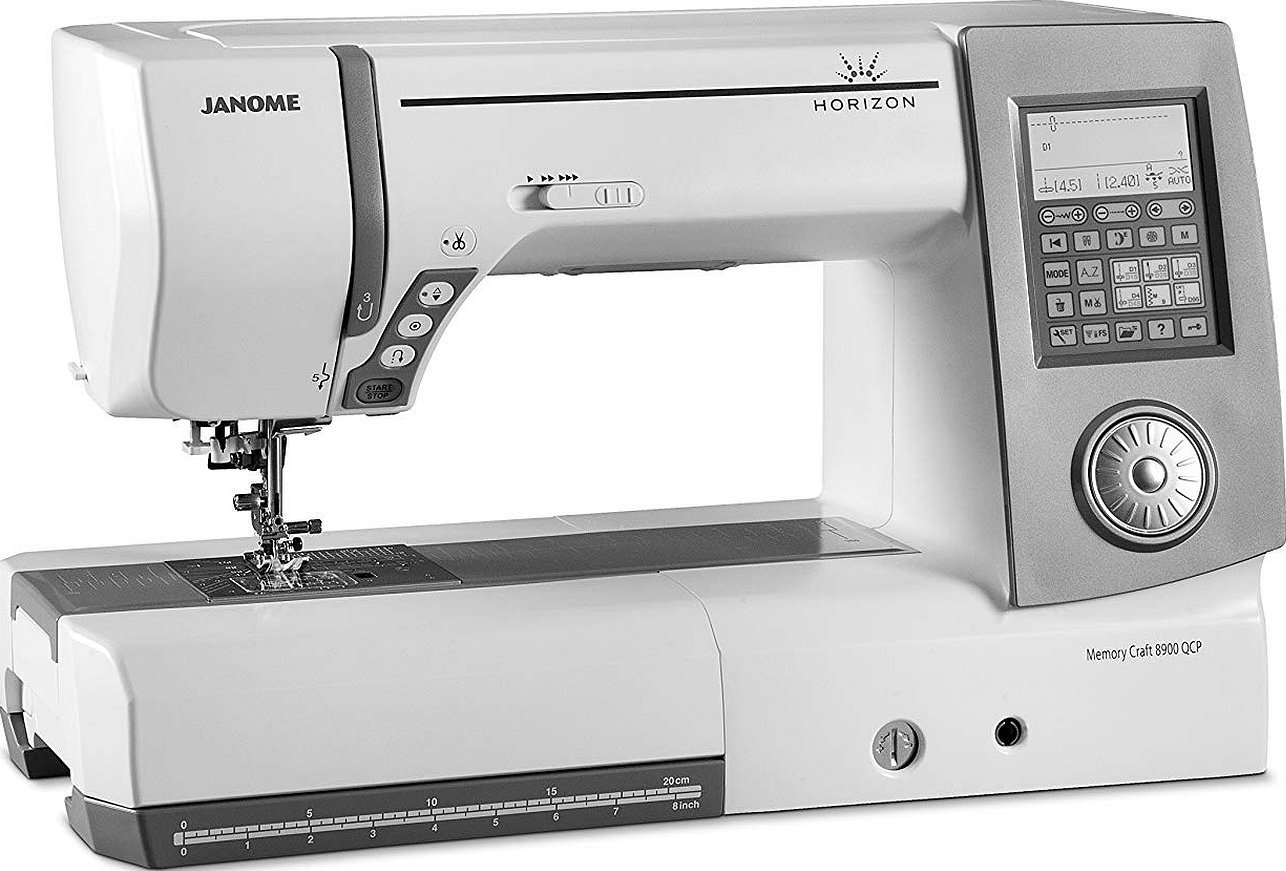
Important! Unlike mechanical devices, automated ones are conveniently placed on a table or any other work surface and do not take up much space. Moreover, they do not need to be disassembled.
Such units are not without their drawbacks. The main one is their high cost.
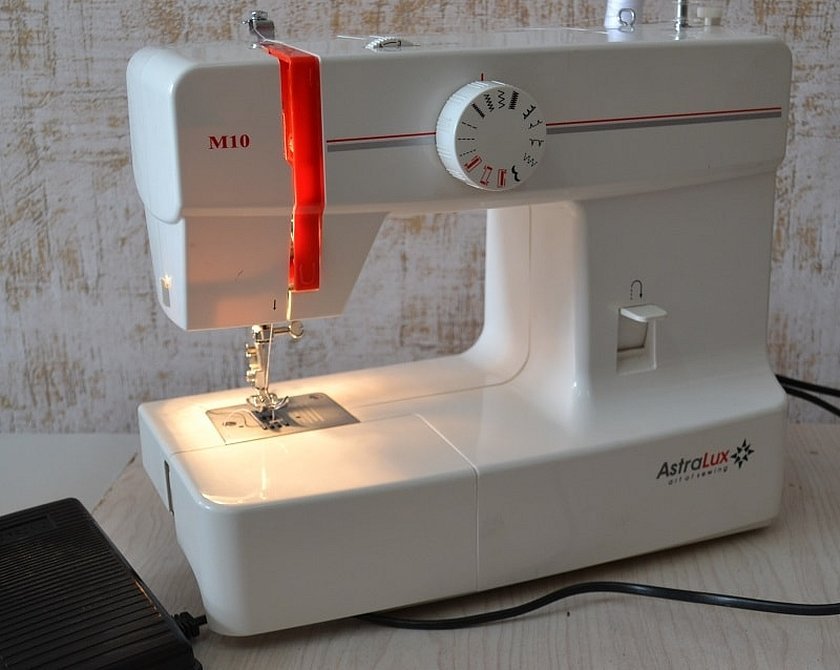
Peculiarities
If a person has ever handled a manual sewing machine, he understands perfectly how it works. There is a main shaft that rotates from a drive (manual or automatic) and transmits rotation to the rest of the device. The higher the rotation speed, the thicker the fabric sections the machine can sew.
In a computer machine, all or almost all units work independently, and sometimes have their own engine. This is what distinguishes this type of machine from manual ones. They are capable of piercing and qualitatively stitching even the thickest sections of fabric even at low speed.
Of course, not all of these functions will be in every computer machine, since everything depends on its cost.
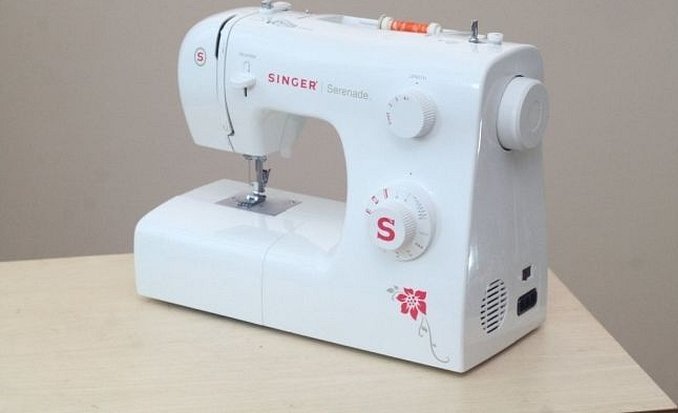
Types of stitches and operations
Not everyone is interested in design features when buying. For some, it is much more important to learn more about its functions, types of operations and stitches. The difference from other types of machines is the unlimited number of stitches. This is especially true for those machines that work with a program or have the ability to create their own stitches. But that's not all. Such machines are capable of making up to 10 types of eye loops. This is a really useful feature that will come in handy for those who sew clothes and repair them.

Important! Straight loops can be made by economy-class machines, but eyelet loops are only available to owners of computer or embroidery samples.
Computer machines also have a number of useful functions:
- The ability to select the optimal needle position. This allows the needle to be on top of the fabric after stitching, and to remain inside, which helps to rotate the fabric section to the required angle;
- Performing fastening in automatic mode;
- The presence of an embroidery function, which is typical for large-scale machines. It is in them that embroidery is implemented in full scale;
- The presence of dedicated memory, which stores all user stitches and a microprocessor that controls the sewing or embroidery process.
Many other features can be found in the description of the device when you purchase it.
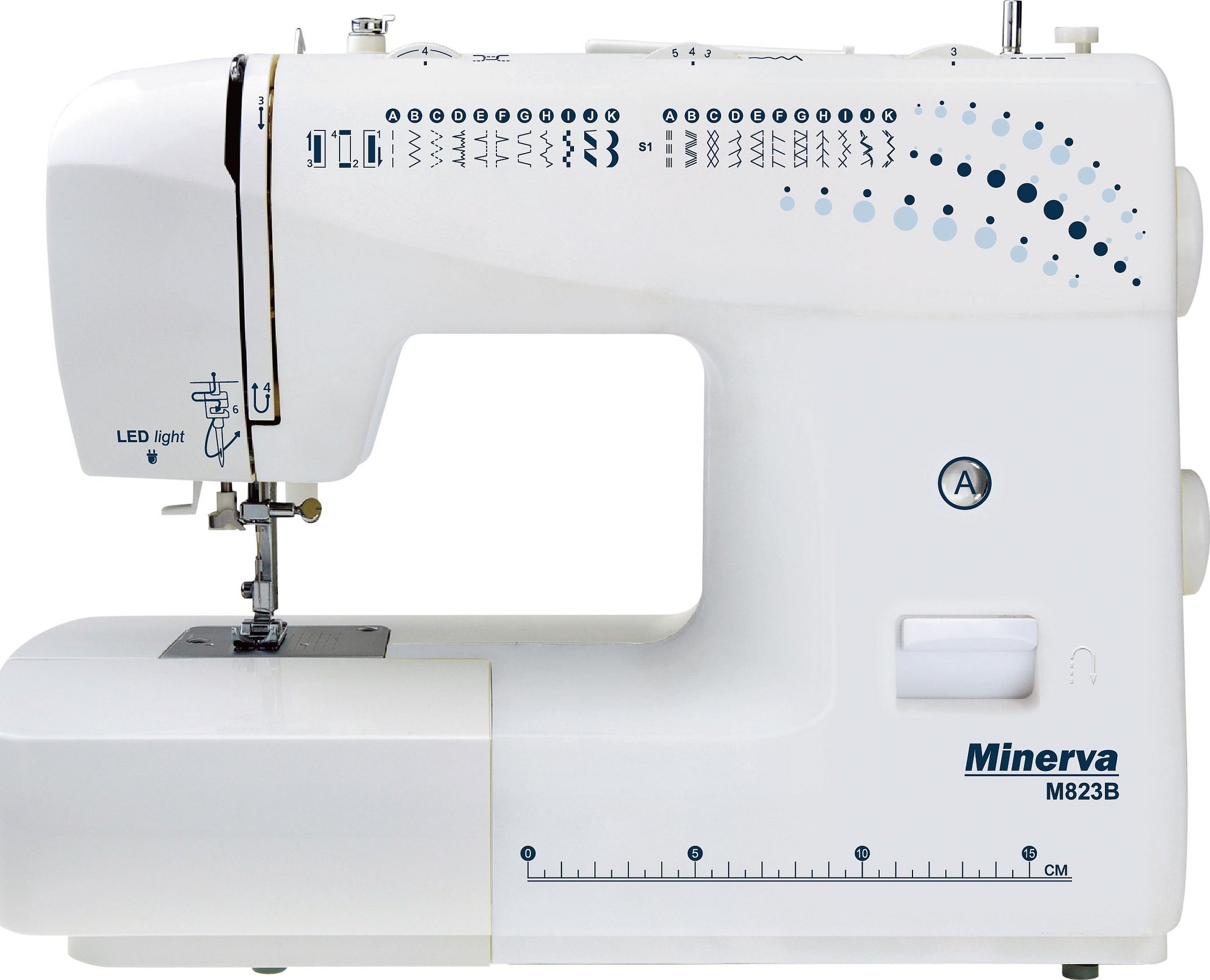
Best Cheap Computer Controlled Sewing Machines
Below is a list of cheap and mid-range computer sewing machines. They are capable of performing a large number of different jobs and are relatively inexpensive:
- Brother Innov-is 400/ NV400. Has a horizontal rotary shuttle and is capable of making 10 automatic loops. There are about 280 stitches stored in memory. The set includes overlock feet for a quilting foot;
- Brother JS-40E. Computerized sewing machine with 40 different stitches and automatic needle threader and smooth adjustment of stitch length and width;
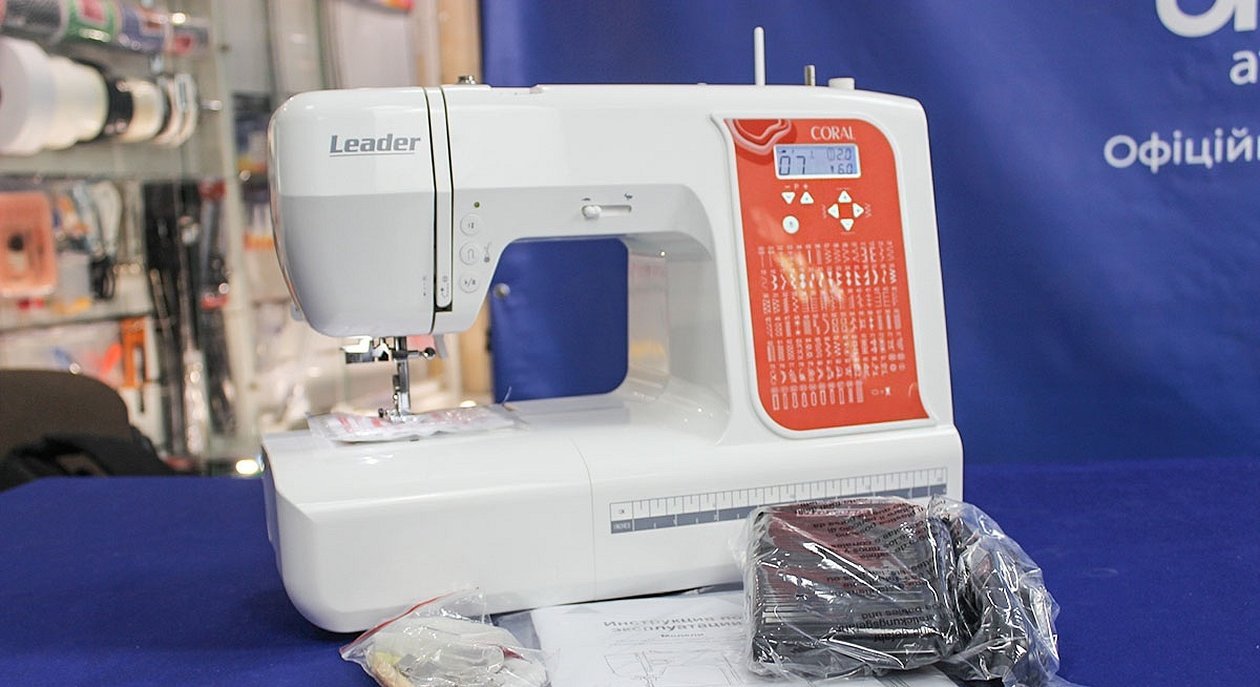
- Brother ML-600. Like the previous machines, it has an automatic threader and a thread tension regulator. In addition, there is a foot pressure regulator and sewing speed setting. High-quality stitching is guaranteed by a toothed fabric feed conveyor and a horizontal shuttle;
- Brother SM-340E. Has automatic buttonhole stitching and a horizontal shuttle. The number of possible buttonholes is 5 pieces, an automatic buttonhole and 35 available stitches. The stitch length is 4 mm and the width is 7 mm;
- Brother Computer DS160. Sewing and embroidery machine with horizontal shuttle. Allows you to perform 60 operations and automatic buttonhole embroidery. Machine power - 40 watts;
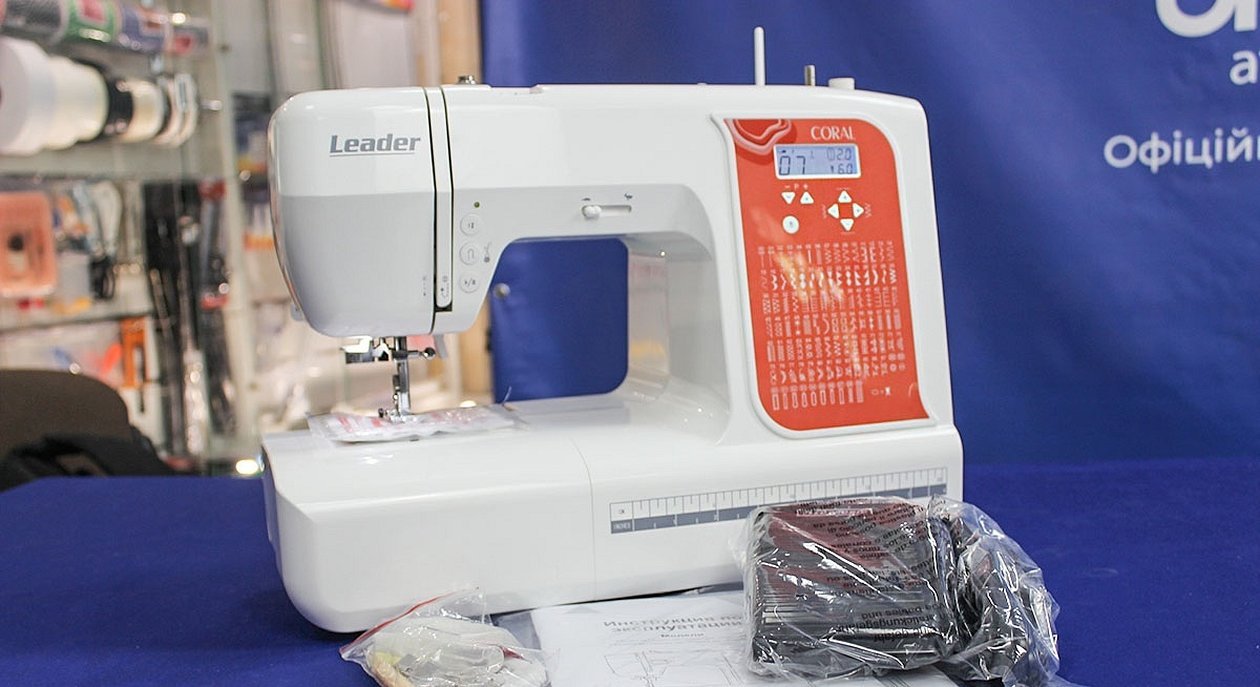
- Janome Sewist 780DC. Computer-controlled machine with a set of programs with the ability to change numerical parameters. Overlock, knitted and decorative types of stitches are available, as well as three types of loops;
- Janome Clio 100. Electronic machine with 100 possible operations and automatic execution of three loops;
- Janome ArtDecor 7180. Computerized version with 80 possible operations with a maximum stitch length of 5 mm and a width of 7 mm. Has almost all types of adjustments;
- Janome 2160DC. Automatic with 60 operations and speed regulator, as well as a threader. The length and width of the stitch is standard. There is a puncture force stabilizer.

What to Look for When Choosing a Sewing Machine
First of all, when buying, you need to look at the following points:
- Body material;
- Control type (computer);
- Piercing power. It is good if it can be adjusted;
- Sewing process speed and its adjustment;
- Adjusting the foot pressure;
- Shuttle type;
- Availability of different types of lines;
- Is there an automatic fabric feed;
- What is included in the package.
Important! Having familiarized yourself with these parameters and having compared them with the required ones, you can choose the ideal device for a relatively small fee.
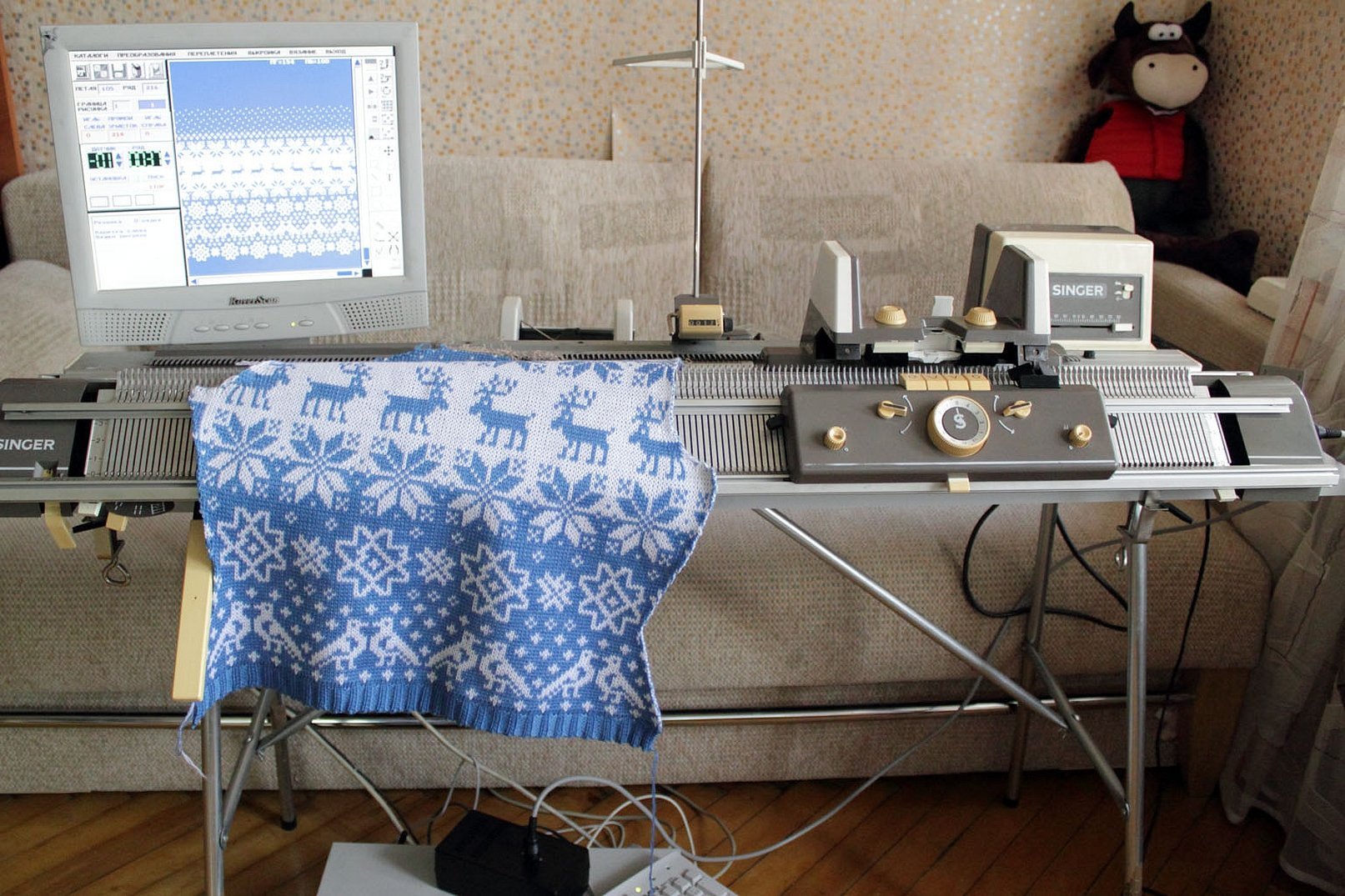
Thus, it became clear what a computer sewing machine is and what distinguishes it from conventional devices. Such a CNC unit is capable of more than simple machines, and allows you to create a custom type of stitch, change the parameters for each person, so that even a novice seamstress can set up a software device.




